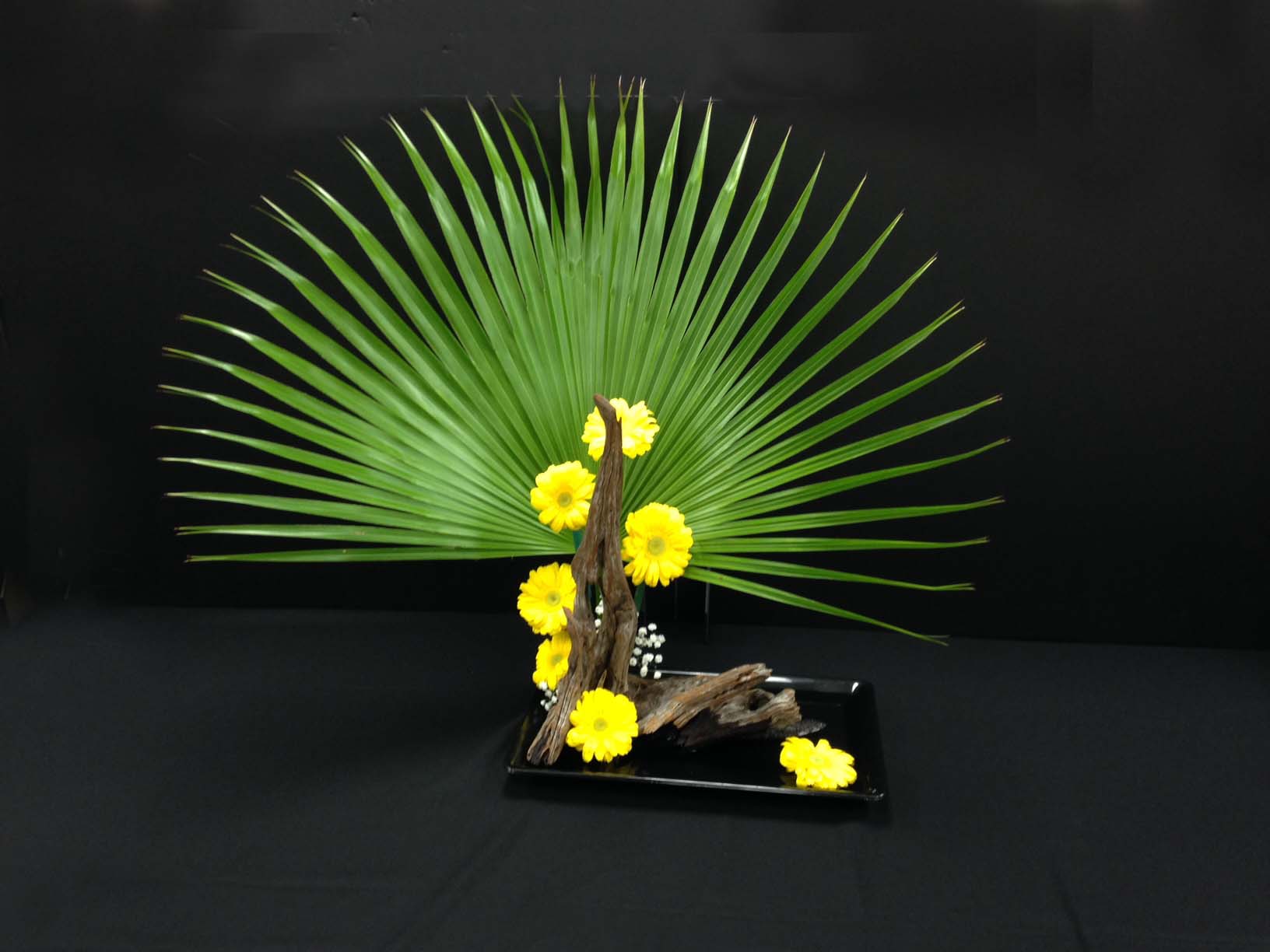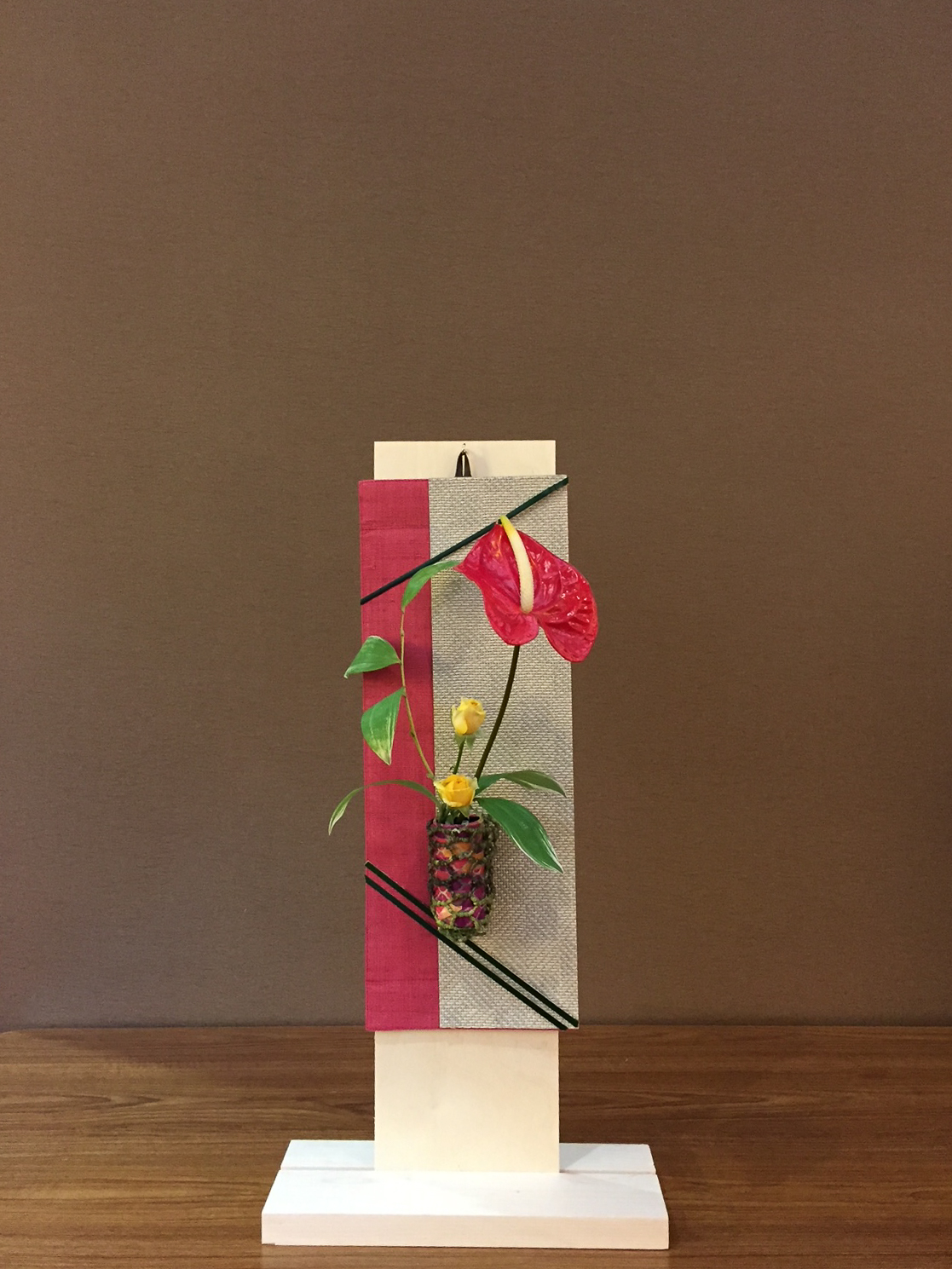Haiku
Haiku is an unrhymed poetic form of Japanese literature that emerged during the 17th century, as a terse reaction to elaborate poetic traditions, though it did not become known by the name haiku until the 19th century. Originally, the haiku form was restricted in subject matter to an objective description of nature suggestive of one of the seasons, evoking a definite, though unstated, emotional response.
Source:https://www.britannica.com/art/haiku
Haiku by Members of I.I. St. Petersburg Chapter #65
crisp misty morning
bulky sweater to keep warm
scent of burning wood
Ruth Phillipon bulky sweater to keep warm
scent of burning wood

leaves now blushing red
painting a flaming landscape
hiding a shy fox
Ruth Phillipon painting a flaming landscape
hiding a shy fox

cool sun
lingering shadows
slow to awaken
Barbara Goss lingering shadows
slow to awaken

dew on grass
fog lifting
November morning
Barbara Goss fog lifting
November morning

welcome back
your chirping
pleases my ear
Barbara Goss your chirping
pleases my ear

the rotting stump
a catbird flits
insects seek shelter
Kathy LaDuke a catbird flits
insects seek shelter

a gentle breeze soothes
the hickory waves
the nuts rain below
Kathy LaDuke the hickory waves
the nuts rain below

nandina changing colors
red leaves and berries
blending with garden greens blowing in cool breezes
Dale Goodman red leaves and berries
blending with garden greens blowing in cool breezes

dolphins jumping up
shining in moonlight beauty
water splashing high
Patty Beldwin shining in moonlight beauty
water splashing high

soaring mountain peak
wearing down
pebbles underfoot
Judy Sivigny wearing down
pebbles underfoot

Palmetto
ancient hands of time
beckoning
beware of prickles
Judy Sivigny ancient hands of time
beckoning
beware of prickles

a small snip
branch sails
in new direction
Gretchen Warren branch sails
in new direction

leaves falling
to ground
summer gone
Patricia Carey to ground
summer gone

red-headed crane
dances
dreams of nest to come
Gretchen Warren dances
dreams of nest to come

giant thunder clouds
outlined in silver sunshine
Florida summer
Eileen Rossi outlined in silver sunshine
Florida summer

night falling
wind blowing through pine trees
oh such music
Marie Tay Richfield wind blowing through pine trees
oh such music

green spikes emerge from the bush
always coming back
no matter what
Marie Tay Richfield always coming back
no matter what

apples pears nuts berries
fresh and crisp
like the morning chill
Veronica Serra fresh and crisp
like the morning chill

quiet summer swim
cool calm water
a manatee's gentle touch
Veronica Serra cool calm water
a manatee's gentle touch

swift and silent
students pause
oh the rewards
Muriel Scrivner students pause
oh the rewards

driftwood in water
floating beneath palmetto
lazy summer days
Monique Noujaim floating beneath palmetto
lazy summer days

the top of the bridge
sunrise kisses the water
a perfect new day
Mary Maloof sunrise kisses the water
a perfect new day

the frangipani gives up her leaves
they fall to the ground
autumn - she rests
Mary Maloof they fall to the ground
autumn - she rests

turn back the clock
early darkness descends
autumn chills the morning
Mary Maloof early darkness descends
autumn chills the morning

northern birds on a wire
lined against a clear sky
changing places
Joyce Scalzo lined against a clear sky
changing places

Ten Tips for Writing Haiku
- Write in three lines of about 10 to 17 syllables (some writers use a short-long-short format, but sometimes it’s better to just say what you need to say and not worry about form); haiku are usually not 17 syllables long in English.
- Try to include some reference to the season or time of year.
- To make your haiku more immediate, write in the present tense.
- Write about common, everyday events in nature and in human life; choose events that give you a moment of understanding or realization about the truth of things around you—but don’t explain them.
- Write from personal experience (memories are okay) rather than from imagination to produce haiku that are authentic and believable.
- Create an emotional response in the reader by presenting what caused your emotion rather than the emotion itself.
- Put two images together in the poem to create harmony or contrast, using words that are specific, common, and natural (avoid long or conceptual sorts of words).
- One image of the haiku can appear in one of the poem’s three lines; the other image can be described in two lines (either the first two or the last two); avoid creating haiku with three images (or three grammatical parts) because this weakens the energy created by the gap between just two parts.
- Avoid titles and rhyme (haiku virtually never have either) as well as metaphor, simile, and most other rhetorical devices (they are often too abstract or detours around the directness exhibited in most good haiku).
- Avoid awkward or unnatural line breaks and avoid dropping or adding words just to fit a syllable count (the poem should come across as perfectly natural and easy; anything that is choppy or unnatural will detract from the reader’s perception and enjoyment—make the words come across as so natural and easy-going that the reader doesn’t even notice them). And of course, don’t forget to have fun and enjoy experiencing life through your five senses! –Michael Dylan Welch
Source: http://www.haikuworld.org/begin/mdwelch.tentips.html
